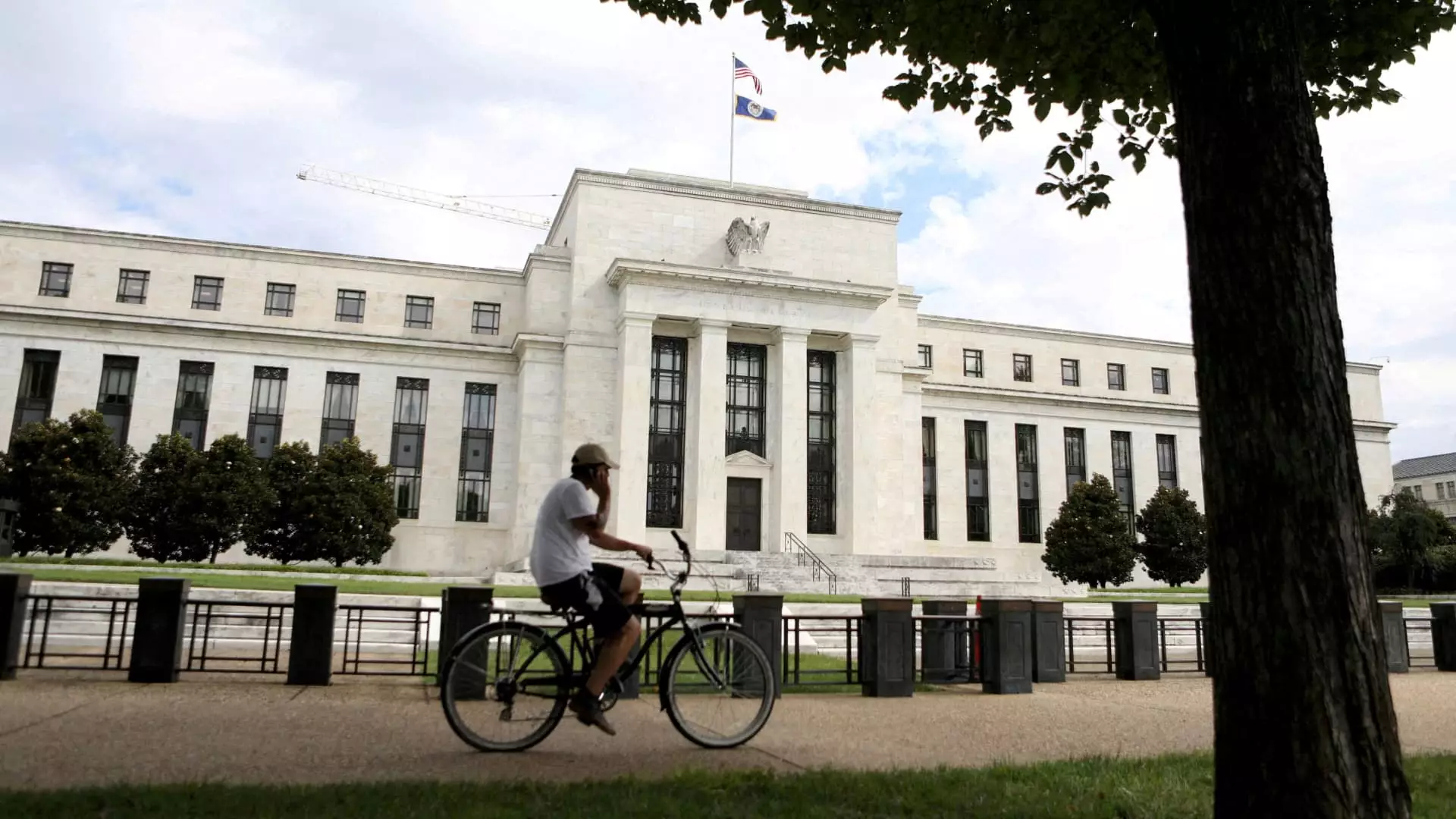The United States Federal Reserve is poised to commence its rate-cutting cycle, projected to be notably gradual when it officially implements changes during its September meeting. Fitch Ratings, in its latest global economic outlook report, highlights this anticipated easing as significantly “mild” compared to historical precedents. The agency estimates a series of cuts—culminating in a total reduction of 250 basis points over two years. Specifically, it anticipates a 25-basis-point decrease at both the September and December meetings, followed by more substantial cuts of 125 basis points in 2025 and another 75 in 2026. While some may view these reductions as aggressive, they pale in comparison to the Fed’s historical rate-cutting practices—where the median decline historically reached 470 basis points with an average duration of around eight months.
One of the compelling factors behind this cautious approach is the persisting inflationary environment. Fitch elucidates that inflation levels continue to linger above the Federal Reserve’s targeted rate of 2%. Furthermore, the recent decreases in core inflation—which excludes the often-volatile sectors of food and energy—are something of a misnomer, primarily attributable to a decline in automobile prices. Fitch urgency notes that these price drops may not be sustainable, reinforcing the outlook that the Fed may be careful in its subsequent monetary policy decisions.
The Current State of U.S. Inflation
Recent data from the U.S. Labor Department has signaled a decrease in inflation, identifying August’s rate as the lowest since February 2021. The Consumer Price Index (CPI) reflected a year-on-year growth of just 2.5%, which, while lower than the anticipated 2.6%, still indicates underlying inflation pressures that warrant careful oversight from the Federal Open Market Committee (FOMC). Month-on-month, general inflation increased by 0.2%, while core CPI rose 0.3%—slightly surpassing expectations. With core inflation stabilizing at 3.2% for the year, and considering the challenges experienced in curbing inflation over the past several years, it is crucial for the Fed to remain vigilant and respond judiciously to evolving economic conditions.
Fitch also discusses the broader implications of the inflationary challenges the Fed has confronted and how these experiences add layers of complexity to their decision-making process. Having been caught off guard by persistent inflationary pressures for an extended period, the FOMC now operates with acute awareness of their limitations in understanding inflation dynamics.
The outlook for monetary policy extends far beyond the shores of the United States, with Asia presenting a contrasting narrative, particularly within China. Fitch anticipates continued rate cuts by the People’s Bank of China (PBOC), especially following the unexpected reduction in the 1-year Medium-Term Lending Facility (MLF) rate from 2.5% to 2.3% in July. This strategy is underscored by deflationary trends firmly establishing themselves within the Chinese economy, revealing a concerning narrative around decreasing producer prices, falling export values, and declining housing costs. Consequently, Fitch has significantly revised its inflation forecast for China, projecting a rate of merely 0.5% for 2024—down from the previous estimate of 0.8%.
The anticipated rate cuts of an additional 10 basis points in 2024, followed by a further 20 in 2025, reflect a strategy aimed at re-invigorating economic growth amidst weakening inflationary momentum.
Japan’s Divergent Path
In sharp contrast to the easing policies seen in the U.S. and China, Japan’s central bank is taking a notably more assertive approach. The Bank of Japan (BOJ) recently enacted rate hikes that exceeded expectations, marking a pivotal shift in its long-standing policy. Driven by a firm belief in persistent reflation, the BOJ has strategically positioned itself against the backdrop of a stabilized labor market and rising wage expectations—a stark departure from the stagnation witnessed during the “lost decade” of the 1990s. Fitch anticipates the BOJ’s benchmark policy rate to climb to 0.5% by the end of 2024, reaching 1% by the end of 2026, thus reflecting its growing confidence in the economy’s ability to support more aggressive monetary policies.
As the Federal Reserve, the People’s Bank of China, and the Bank of Japan navigate their respective monetary policy landscapes, it is evident that the factors influencing their decisions are diverse and multifaceted. The Fed appears poised for a mild easing approach while contending with inflation pressures, whereas China is grappling with entrenched deflation, and Japan is reversing its longstanding policy stance amid improving economic conditions. These dynamic interactions among global monetary authorities will shape the economic landscape in the foreseeable future, making it imperative for market participants to stay informed and adapt to the shifts that will inevitably arise.

